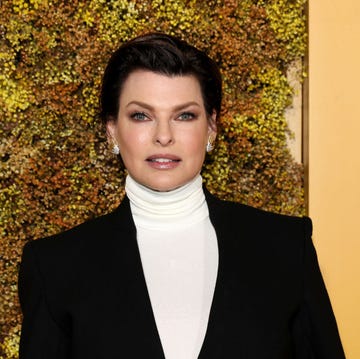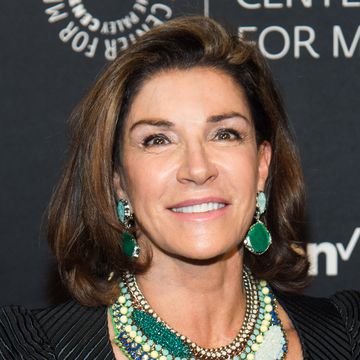For years, health scientists have linked physical activity to lower breast cancer rates. New research from two US universities may finally explain exactly how exercise protects you from one of America’s most-common cancers.
The study team split several hundred women into two groups. While one group completed a schedule of moderate-to-intense exercise 5 days a week for 16 weeks, the second group did not exercise. Before and after the study period, the researchers collected urine samples and analyzed each woman’s estrogen levels, including the byproducts that result from the natural breakdown of several specific types of estrogens.
Here’s what they discovered: Among women who worked out, urine samples taken after the study period contained lower levels of a potentially cancer-causing estrogen byproduct called 16α-hydroxyestrone (16α-OHE1) and higher of a harmless estrogen byproduct called 2-hydroxyestrone (2-OHE1). Among the sedentary study participants, those levels did not change. Past research has shown a ratio of more 2-OHE1 to less 16α-OHE1 significantly lowers a woman’s risk for breast cancer, says study coauthor Mindy Kurzer, PhD, a professor of medicine at the University of Minnesota.
Kurzer and her colleagues believe exercise may alter the activity of your body’s enzymes, which in turn changes the way enzymes break down estrogen into dangerous or benign byproducts. Among women in the study who exercised, the ratio of good to bad estrogen byproducts improved roughly 25%, Kurzer adds.
Her advice? Aim for at least 150 minutes of moderate exercise each week, which is the current recommendation offered by the Centers for Disease Control and Prevention (CDC). What’s moderate exercise? Walking quickly, playing tennis, or any other activity that raises your heart rate and causes you to break a sweat, according to the CDC. If your doctor says you’re healthy enough for vigorous exercise, pushing yourself may lower your breast cancer risk even further, Kurzer says. “Based on our research, which included bouts of rigorous exercise, more effort may be more beneficial.” Motivate yourself by taking part in Prevention's 28-Day Challenge, which includes an easy-to-follow meal plan and 10-minute toning workouts you can do anywhere!
Looking for more ways to reduce your risk? Eating foods packed with carotenoids—including any orange-colored fruits or vegetables, spinach, kale, tomatoes, and salmon—could lower your risk for breast cancer by as much as 50%, according to one recent study from Brigham and Women’s Hospital and Harvard University. And ditching air fresheners and synthetic candles, which both include cancer-growing chemicals called phthalates, could also help slash your breast cancer risk, finds new research.
More from Prevention: 30 Ways to Cancer-Proof Your Life
Markham Heid is an experienced health reporter and writer, has contributed to outlets like TIME, Men’s Health, and Everyday Health, and has received reporting awards from the Society of Professional Journalists and the Maryland, Delaware, and D.C. Press Association.













